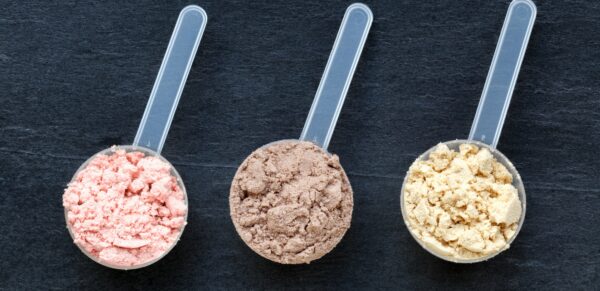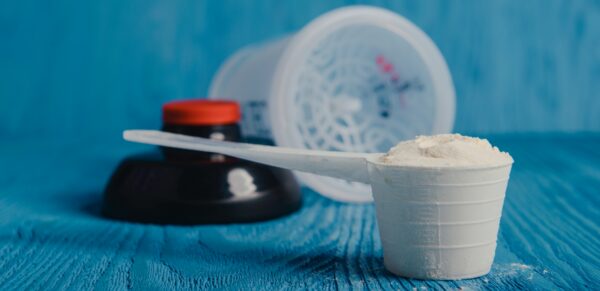Joint care products

Joint disorders are difficult to live with and affect both older and younger people. Learn more about joint disorders in our article on joint care and how to develop nutraceutical solutions to improve joint comfort and well-being.
Joints: What do you know about them?
Joints connect the bones in our body to form our skeleton. The anatomical structure of our joints is complex and consists of several different parts. The joint capsule joins two bones together and contains synovial fluid surrounded by a membrane. The articular cartilage covers the contact surfaces of the bones that join together in the joint. And finally, the joint ligament attaches two bones together in a flexible but fragile manner. All of these anatomical structures are designed to support our body weight and allow movement.
Over time, or due to stress from repetitive movements, the joints become strained and, in some cases, suffer damage.
Several factors cause joint fatigue or wear. The first is inevitably old age. After the age of 30, bone mass begins to decrease and bone loss becomes more pronounced in postmenopausal women.
Bone loss also affects cartilage tissue, including that which covers the contact surfaces of the bones in the joints. The loss of cartilage causes inflammation and results in pain that often intensifies in damp weather; a condition that is referred to as osteoarthritis or rheumatism and encompasses all joint conditions.
However, age is not the only cause of joint wear. Other factors, such as being overweight can also cause premature joint fatigue.
Sport, in spite of its many health benefits, is another factor that causes joint damage when practised too intensively. This is especially true for high-impact sports such as volleyball, jogging or tennis. High-impact sports activities such as these can lead to micro-injuries in the joints, and contribute to the early onset of joint wear and inflammatory diseases.
Joint fatigue, manifested in the form of inflammation, can cause intolerable and sometimes debilitating pain. Taking care of your joints is therefore essential, but what can you do to preserve your joints?
Joint care: a market in high demand
Well-established and recognised products
Joint care products have long been present in the nutraceuticals market. According to Opinion Way, joint care products account for 19% of the nutraceuticals market in France.
Synadiet, for its part, reports the figures published by the IQVIA for nutraceutical products sold through various distribution channels in 2019. Joint care products currently represent:
- 55,940 products sold in pharmacy outlets
- 6,397 products sold in parapharmacy outlets (for non-prescription remedies and personal hygiene)
- 3,687 products sold in supermarket outlets
Pharmacies are the most popular distribution channel for the sale of nutraceutical products for joint care. This demonstrates the link that French consumers make between this type of product and their health.
What are the benefits associated with joint care products?
Consumer expectations include:
- joint protection
- cartilage repair
- joint comfort
- improved flexibility
- increased mobility
Ingredients for joint care products
Many well-known ingredients have special properties that target the joints and improve joint health and well-being. There are numerous natural and endogenous substances that exist and that are used for relieving joint discomfort, such as hyaluronic acid, collagen, glucosamine or, chondroitin sulfate. These substances are used to promote joint hydration, contribute to tissue elasticity and resistance, preserve cartilage integrity and, finally, enhance joint strength and flexibility.
Plant extracts are also at the forefront of nutraceutical formulations. Harpagophytum (devil’s claw) has been shown to offer the greatest benefits in maintaining healthy joints. Other plants, such as blackcurrant leaves and berries, nettle leaves, willow bark or meadowsweet, contain polyphenols and minerals with antioxidant properties that are also effective in promoting joint well-being and flexibility. In addition, Boswellia serrata, turmeric or lithothamnion, calcareous algae, all contribute to joint wellness.
With regard to the new galenic formulations currently in vogue on the market, single dose bottles of 20 to 60 ml, concentrated liquid cures to be diluted over a period of 15 days to 3 weeks, or loose powders in the form of sachet doses or sold in containers are now available.
Active ingredients for joint care are also found in nutritional products. This type of combination is primarily used in products for sportsmen and women, such as sports drinks or exercise proteins.
Practical advice from JLB DEVELOPPEMENT
Since 2001, we have been supporting our customers in developing nutraceutical products for joint care, giving us extensive expertise in this field.
Here are a few tips for developing your optimal product for joint care:
Choose quality ingredients: dare to venture beyond traditional options, without going too far! Remember that a significant proportion of your target group includes elderly people.
Proper dosing of ingredients:some ingredients are classed as medication if a certain dosage is surpassed. Ask for advice from a regulatory agency.
Select suitable galenic formulations: for the national market, don’t forget that the capsule is the preferred galenic formulation in France! But also remember that sportsmen and women need convenient, on-the-go, easily transportable formats.
Opt for practical, eco-responsible packaging: indeed, joint care products are no exception to the rule when it comes to choosing sustainable solutions!
If you want to go further, we will be pleased to discuss with you here.


